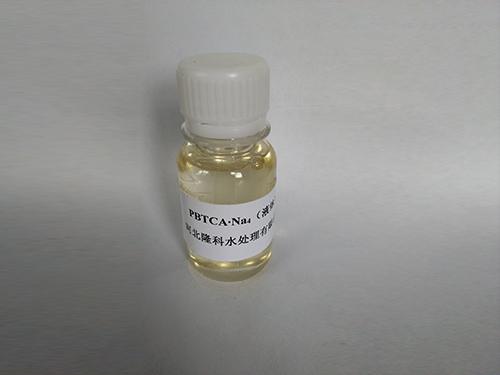Chemical Coagulation and Flocculation Processes in Effective Water Treatment Techniques
Chemical Coagulation and Flocculation in Water Treatment
Water treatment is a critical process that ensures safe drinking water and environmental protection. Among the various techniques employed to purify water, chemical coagulation and flocculation are two of the most effective methods for removing suspended solids, colloidal particles, and other impurities. This article delves into the principles, processes, and significance of chemical coagulation and flocculation in water treatment.
Understanding Coagulation and Flocculation
Coagulation is the first step in the water treatment process. It involves the addition of chemicals, known as coagulants, which destabilize the suspended particles in water. Common coagulants include aluminum sulfate (alum), ferric chloride, and polyaluminum chloride. When these chemicals are added to water, they neutralize the electrostatic charges that keep fine particles suspended. As a result, these particles begin to clump together, forming larger aggregates.
Following coagulation, the process of flocculation takes place. Flocculation is a gentle mixing process that encourages the agglomeration of the destabilized particles into larger clusters called 'flocs'. This step typically involves slower mixing to promote the formation of larger flocs, which can be more effectively removed in subsequent processes. The flocs are generally larger and heavier, making it easier to separate them from the water through sedimentation or filtration.
The Process of Coagulation and Flocculation
1. Rapid Mixing The initial addition of coagulants occurs in a rapid mixing zone, where swift agitation ensures uniform distribution of the chemicals throughout the water. 2. Coagulation Here, the coagulants react with the impurities in the water, leading to the neutralization of charges and the onset of particle aggregation.
3. Flocculation In this phase, the mixing intensity is reduced to promote the growth of flocs. This can involve the use of flocculants, which are additional chemicals that help in the aggregation process.
4. Sedimentation Once the flocs are sufficiently large, the water is then directed to a sedimentation basin. Gravity allows the larger flocs to settle to the bottom, where they can be removed as sludge.
chemical coagulation and flocculation water treatment

Importance of Coagulation and Flocculation
The significance of coagulation and flocculation in water treatment cannot be overstated. These processes enhance the overall efficiency of water purification by significantly reducing the concentration of turbidity and pathogens. Effective coagulation and flocculation help in
- Improving Water Quality By removing suspended particles, these processes enhance the clarity of water, making it visually more appealing and safer for consumption.
- Facilitating Further Treatment Coagulation and flocculation prepare the water for subsequent treatment processes, such as filtration or disinfection, by reducing the load on these systems.
- Preventing Waterborne Diseases The removal of pathogens and harmful microorganisms through effectively treated flocs significantly lowers the risk of waterborne diseases, contributing to public health.
- Environmentally Friendly When properly managed, chemical coagulation and flocculation are environmentally responsible, as they can help reduce pollution and improve the quality of effluents before they are released back into natural water bodies.
Conclusion
Chemical coagulation and flocculation are invaluable techniques in the domain of water treatment. Their ability to efficiently remove contaminants not only improves the safety and quality of drinking water but also supports environmental sustainability. As water treatment technologies evolve, ongoing research and development in coagulant and flocculant formulations will continue to enhance these processes, ensuring a safer water supply for future generations.
-
Dodecyldimethylbenzylammonium Chloride: High-Purity DisinfectantNewsAug.30,2025
-
2-Phosphonobutane-1,2,4-Tricarboxylic Acid: Scale & CorrosionNewsAug.29,2025
-
Premium Isothiazolinones | Broad-Spectrum Biocidal SolutionsNewsAug.28,2025
-
LK-319 Special Scale And Corrosion Inhibitor For Steel Plants: Advanced Solutions for Industrial Water SystemsNewsAug.22,2025
-
Flocculant Water Treatment: Essential Chemical Solutions for Purification ProcessesNewsAug.22,2025
-
Isothiazolinones: Versatile Microbial Control Agents for Industrial and Consumer ApplicationsNewsAug.22,2025





